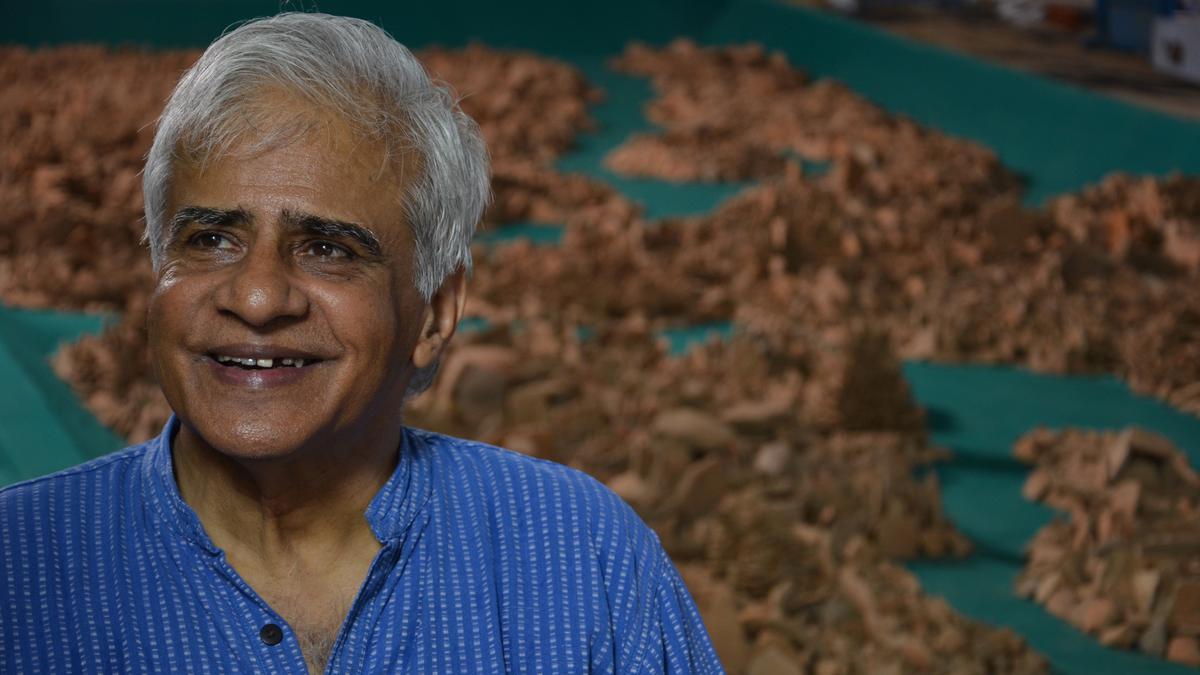
Activism was the heartbeat of his oeuvre: Vivan Sundaram (May 24, 1943 - March 29, 2023)
The Hindu
A pioneer of installation art, Vivan Sundaram created projects with varied aesthetics, using photographs, found objects, video and three-dimensional constructs, often exploring the human condition between politics and history.
One of the most influential artists of his generation, Vivan Sundaram passed away in Delhi on March 29 after a brief illness. A prolific artist, thinker, and activist, his works referred to perception, memory, history, and their intersection with socio-political problems and popular culture.
Over the last two decades, he created projects with varied aesthetics, involving the use of photographs, found objects, video, and three-dimensional constructs. Once you saw a work of Sundaram, it was almost impossible to look away from its vivacity and truth. He did not try to knead his secular politics into his art; activism was the heartbeat of his oeuvre.
Born in 1943 in Shimla to Kalyan Sundaram, former chairman of the Law Commission of India, and Indira Sher-Gil, sister of the enigmatic artist Amrita Sher-Gil, he studied painting at the faculty of Fine Arts, M.S. University of Baroda and at the Slade School of Art, London. At the Slade, he also developed a love for world cinema. Over the years, for Sundaram, his canvas, materials, and mediums became his screen.
Active in student politics in the U.K., he was influenced by the anti-imperialism and anti-consumerism wave in Europe and would often describe himself as the child of May 68, a time of civil unrest in France and widespread protests in many parts of the world. On his return to India in 1971, Sundaram collaborated with artists and student groups to galvanise events and protests, especially during the Emergency years. He was one of the founding trustees of the Safdar Hashmi Memorial Trust.
A pioneer of installation art, when Sundaram created installations in the 1990s, many senior artists did not understand his sensibility and philosophy. But he had his own ideas for installations and his most important installation — Memorial (1993-2014) — finally reached the Tate Modern in London and garnered much praise.
Some of Sundaram’s most iconic works explore the human condition between politics and history. They have a kind of flatness, which is televisual rather than painterly. His aesthetic register informed his practice and explored unique materials such as charcoal and engine oil.
The earliest example of his installation work is the Engine Oil series (1991), which references the assault of the US-led coalition forces on Iraq in order to gain control of oil resources. Prior to this were the charcoal drawings in Long Night (1988), which reference the giant concrete pillars and barbed wire at Auschwitz.













